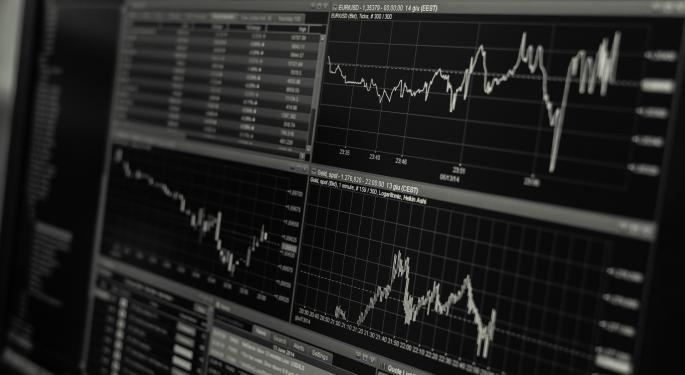What Is The TED Spread Telling Investors About The Credit Market?

Last week, investors got their last update of 2019 from the Federal Reserve. While most investors focused on interest rates and dot plots, one Fed-related metric appears to be heading lower once again heading into 2020.
What Is The TED Spread?
The TED spread is the difference between the yield on the three-month U.S. Treasury bill and the three-month LIBOR in U.S. dollars. TED is an acronym that is short for T-bill and ED, the ticker symbol for the Eurodollar futures contract. LIBOR is the London Inter-bank Offered Rate, a measure of the interest rates charged in London on overnight loans between banks.
The TED spread may seem like a complicated idea based on its definition. Essentially, TED spread is the difference between the yield on short-term U.S. debt and the rate on interbank loans.
Why Does It Matter?
Investors use the TED spread as a gauge of credit risk in the market. Given U.S. T-bills are considered risk-free debt, the difference between their yield and the yield on overnight interbank loans is a way to measure risk in the banking industry. A higher TED spread is associated with a rising default risk on interbank loans.
For example, the TED spread spiked as high as 3.8% during the worst of the U.S. financial crisis in September 2008. Since that peak, is has spent much of the past decade between 0.2% and 0.5%, peaking at 0.61% in March 2018.
In 2019, the TED spread hit its peak of 0.41% on Nov. 4, leading some investors to worry about credit risk in the banking industry. The peak came following reports that the Fed was injecting liquidity into the overnight lending market back in September.
Fortunately, the TED spread has yet to eclipse its Nov. 4 high heading into 2020 and currently sits at 0.37%, comfortably within its 10-year trading range.
What’s Next?
Earlier this month, SIFMA released the results of its bi-annual survey of U.S. economists, and respondents weighed in on their outlook for the TED spread in 2020. About 60% of economists surveyed expect the TED spread to remain steady heading into 2020. At the same time, 70% of economists expect the yield curve to steepen, another potentially bullish sign for the market.
Benzinga’s Take
Given the SPDR S&P 500 ETF Trust SPY has more than quadrupled from its March 2009 lows without a single recession in nearly 11 years, investors are vigilantly looking for the next sign of trouble ahead. If the TED spread once again drifts above 0.5% at any point in 2020, investors need to be aware of potential risks creeping back into the credit market.




Nothing bullish.